If you have ever wondered what SD-WAN meant or why it is being featured more frequently in networking-related texts and talks, you are not alone. However, in the 3 minutes or less that it will take you to read this article, we will get you comfortably conversant with the term.
The nature of business is rapidly evolving, driven by fast-paced technological advancements, fluctuating customer demands, unpredictable market trends, and increased competition among other factors. But for many organizations, these synchronous changes are happening against a backdrop of growing demand for virtual services by customers and remote, mobile, or hybrid working preferences by staff, both in response to the COVID 19 pandemic. In these tumultuous times, organizations seeking to stay relevant have since begun to deliberately embrace or accelerate their digital transformations in a bid to do more, faster and better. However, among its many prerequisites, digital transformation, requires the solid underpinning of agile and responsive networking architectures which are capable of handling expanded workloads, increased data traffic, and intricately more complicated initiatives, often across widely dispersed locations or multi-cloud systems. Enter SD-WAN.
Simply put, SD-WAN or Software-Defined Wide Area Network in full, is a virtualized service that connects and extends enterprise networks over large geographical distances. It does this by optimizing, multi-point connectivity using distributed, private data traffic exchange and control points thus allowing secure, local access by users across the network, to required network and cloud-based services. This enables the organization to intelligently enhance its network performance while giving it the control and predictability needed to improve collaboration, accelerate innovation, and deliver sustained service for customers. In comparison to its predecessors, not only does SD-WAN facilitate the above effortlessly, but it also brings significant cost reductions in the process. Below are more of SD-WAN’s impressive benefits, which make it a great technology to look out for.
Quick Deployment: You can provision new locations quickly using broadband connections instead of waiting longer lead times for fiber installations.
Lower IT overhead: SD-WAN saves you money and time with simple deployment that can be achieved with minimal IT personnel involvement and less hardware. SD-WAN has replaced MPLS links which were costly to businesses.
Improves performance: SD-WAN can be configured to prioritize business-critical traffic and real-time services like (VoIP) and then effectively channel it to reliable, high-performance connections.
Business Continuity: SD-WAN Solutions designs include multiple connectivity options, providers, and technologies at every site on your network, ensuring downtime is avoided.
Streamlined Management: The cloud-based solution helps facilitate the management of WAN services (e.g., firewalls, security updates) to each individual site from one central console.
Business Growth and Expansion: The low cost and ease of deployment allow businesses using SD-WAN to expand quickly.



Leave A Comment